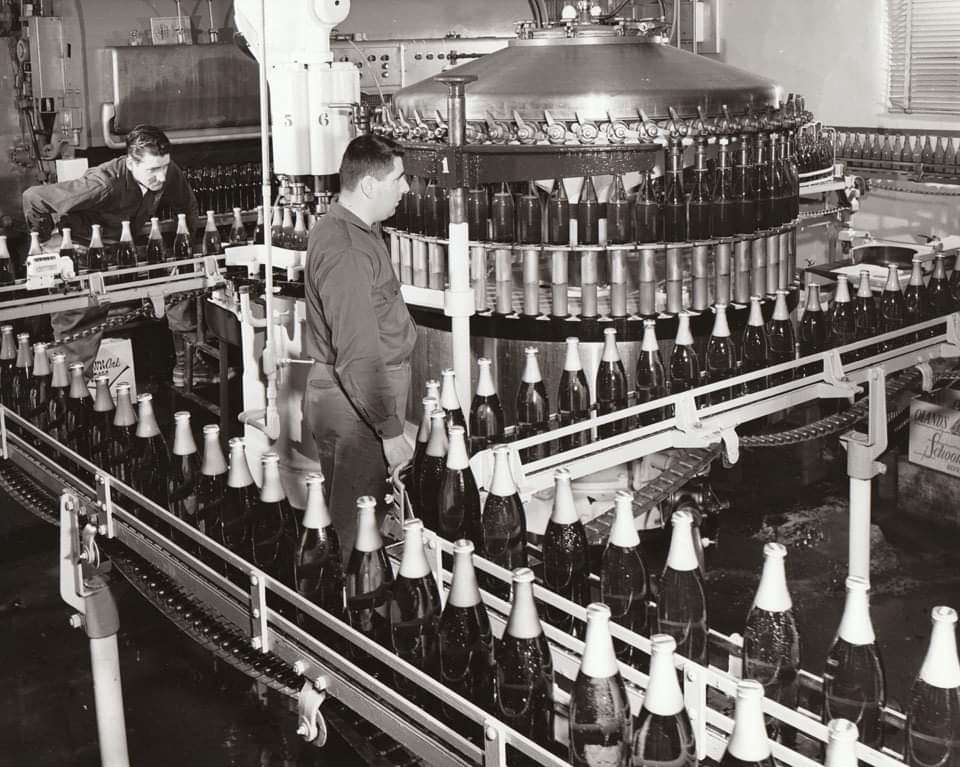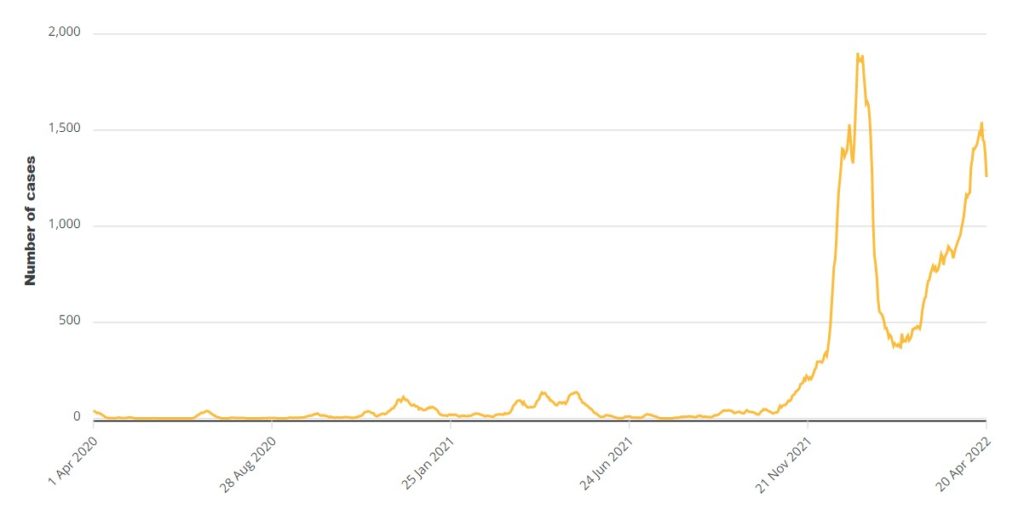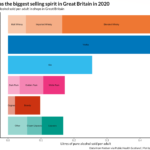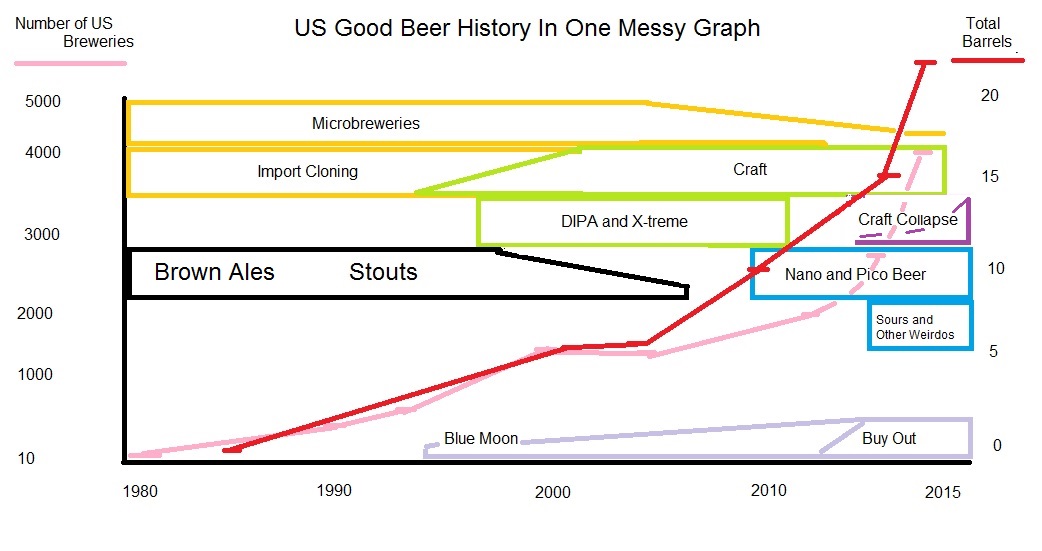 It is here! Jubilee!!* There shall be bunting. Confession time: I like the Queen herself. I like the structure that the Crown in Canada give the law that I practice. And… that’s pretty much it. Others are less enamored thanbeven that. So… we recognize that Her Maj does like a drink and a pub yet we do recognize that the whole rah-rah Union flag bunting and the children of Oswald Mosley’s nasty jingoism has tainted the whole flaggy wavey aspect… along with the colonial record… and… rampant and growing inequality… and well… Boris… but HRH like a drink and a pub! In commemoration of the Platinum Joobe, I participated in one of the few ways the government in Canada provided and got a few pins. Pins! What Canadian child doesn’t long for their very own lapel pin celebrating HRH? And in mad cap celebration, one will be gifted to the maker of the cleverest comment left below this post or on social media responding to this post on an appropriately related theme. Remember – cleverest.
It is here! Jubilee!!* There shall be bunting. Confession time: I like the Queen herself. I like the structure that the Crown in Canada give the law that I practice. And… that’s pretty much it. Others are less enamored thanbeven that. So… we recognize that Her Maj does like a drink and a pub yet we do recognize that the whole rah-rah Union flag bunting and the children of Oswald Mosley’s nasty jingoism has tainted the whole flaggy wavey aspect… along with the colonial record… and… rampant and growing inequality… and well… Boris… but HRH like a drink and a pub! In commemoration of the Platinum Joobe, I participated in one of the few ways the government in Canada provided and got a few pins. Pins! What Canadian child doesn’t long for their very own lapel pin celebrating HRH? And in mad cap celebration, one will be gifted to the maker of the cleverest comment left below this post or on social media responding to this post on an appropriately related theme. Remember – cleverest.
First, I missed this a few weeks back, a post from Ashley Newall with a number of forms of branding from Bradings brewery of Ottawa, the first step on our blessed patron E.P. Taylor’s rise to fame. Of particular note is the photo of the Bradings Man by Yousuf Karsh and how similar it is to one of EPT’s assets, the branding for Cincinnati Cream Beer discussed in the bigger scheme of cream beer six years back.
 Two writers took the helpful step this week of tweeting guidance on stories located in obscure journals. First, a Lily Waite bio in Waitrose Magazine (as illustrated) and, second, ATJ in Brewing & Beverage Industries Business saved here on the perils facing brewing industry in these uncertain times. Brewery closures, investment failures and hegemony from big craft. Times are hard at all corners of the trade, especially given the UK’s situation. It was all foretold of course, if only by the obvious patterns set out in brewing industry history. Consider this letter from Carling to Molson in the 1930s. Beer competes. Beer colludes. The small and weak fail. Spend your pennies wisely.
Two writers took the helpful step this week of tweeting guidance on stories located in obscure journals. First, a Lily Waite bio in Waitrose Magazine (as illustrated) and, second, ATJ in Brewing & Beverage Industries Business saved here on the perils facing brewing industry in these uncertain times. Brewery closures, investment failures and hegemony from big craft. Times are hard at all corners of the trade, especially given the UK’s situation. It was all foretold of course, if only by the obvious patterns set out in brewing industry history. Consider this letter from Carling to Molson in the 1930s. Beer competes. Beer colludes. The small and weak fail. Spend your pennies wisely.
Not sure the monks were all that wise with the pennies as Jeff explores, here quoting from reporter John W Miller** of the publication America: the Jesuit Review:
“…it is very modern, with automated machines that require only a handful of workers. Everything is top-of-the-line. Bottling lines come from Italy, brewing gear from Germany…” In order to service the debt and fund the monastery, the business plan called for the monks to build to annual production of 10,000 barrels a year… Miller helpfully reports that they had annual revenues of $1.5 million, which is pretty good if you’re not servicing a lot of debt.
In Boak and Bailey’s newsletter for May there was a comment made which, unlike everything they have ever ever written, had me shaking my head. It’s this passage in a good discussion about when to stop blogging:
Another natural full stop on a blogging project might be when you ‘make it’ as a writer and sell your first commercial piece. That’s not why everyone gets into blogging but we’ve certainly seen quite a few people make that transaction, with the blog as a stepping stone.
Perhaps what is meant is that this is the reason folk themselves think to stop blogging about beer – which I agree with – but it is not an actual reason to stop writing for the public without pay on a website you control. Why write to make someone else money? Seems weird. Let’s be honest. You have not made it or (too often) you have not made much of anything. So much of what I have to sift through to put together this weekly review is boring derivative and/or feeble writing for pay. Very generously I would say half of what is most interesting is writing shared freely.*** Very generous half. Hunt out that other good stuff along with me. And write.
Lew on blind tasting:
We taste 5 spirits (blind picked by my daughter from 20 whiskies, rums, barrel-aged gins, calvados) in colored @GlencairnGlass & fearlessly guess all but one wrong.
Lew: “I’m dead sure we’re stupid…” Gold!
Not really related at all, BBC Four apparently ran a replay of Abigail’s Party last evening. You can see the entire miserable drunken thing here. A great trip back into “not nostalgia” for anyone convinced the past was a better place.
 Perhaps it’s just an unfortunate camera angle but only in Montreal could someone out-Scandinavia the Scandinavians when it comes to stark and grey:
Perhaps it’s just an unfortunate camera angle but only in Montreal could someone out-Scandinavia the Scandinavians when it comes to stark and grey:
The space, designed by Ethan’s wife, interior designer Annika Krausz, has soaring ceilings, a firehall door with daytime light streaming through, and heated floors for the winter. Two immense earth-toned paintings by Annika’s father, renowned artist Peter Krausz, and a huge red light fixture above the semi-circular bar further enhance the space.
Another sighting of a brewery sending 100% of proceeds and not just profits as part of supporting the Ukraine cause. Good.
Debates of the week: (i) In the US, can you cool warm beer that was previously cold and (ii) are UK rough pubs a real thing?**** Expertise abounds with, as per, many contradictory positions taken.
Conversely, for years I wondered why beer writing did not focus more on particularly fabulous pubs… then I realized that there would be a chill from the many of those not mentioned,***** one of the great drivers in beer writing topic selection. Robot says “must raise all ships must raise all ships.” Happy then are we to see in Pellicle an honest to goodness warming tribute to a great singular pub, The State Bar of Glasgow:
The State Bar isn’t particularly trendy or arrogant, it’s a humble affair with an unassuming frontage. Possessing an Edwardian horseshoe bar upstairs—an ideal spot for watching football, doubly so as the bar is strictly non-partisan, (a rare blessing in Glasgow). Head downstairs and you’ll find yourself in what feels like the cosy library of a well-to-do Victorian household, complete with dusty books to read, well-worn leather chairs and a crackling fireplace. You can find all the essentials here; house wines and spirits, Tennent’s, Guinness, Cider & McEwans 80-/, or “wee heavy” as it’s known by the locals, and a stage for the bar’s weekly comedy or acoustic nights.
Nice. Now on to cheery international beery news time. Price hikes of 6% to 10 % expected in Japan. In India, beer drinkers may also be facing beer price hikes in addition to the local rationing mentioned last week. South American brewers are seeing “early signs of demand destruction” while a beer contamination scandal in Brazil (in which coolant and wort mixed during the brewing process leading to deaths) has reached the courts. Brewing for a rare medical disorder charity in New Zealand.
Finally, GBH seemingly did the right thing – though in the wrong order – and got some actual advice about writing risky bits about BrewDog and British court processes now republished, though there is the odd suggestion that others can rely on the legal opinion received. Beware! Now… it will be interesting to see if a legal paperwork of some sort now follows. As I have often said, just getting a legal opinion doesn’t stop a plaintiff from taking steps. I trust all involved got independent legal advice, too, just in case assurances had been given.
For more, check out the updates from Boak and Bailey mostly every Saturday but not from Stan every Monday as he is on his summer holiday. Check out the weekly Beer Ladies Podcast, and at the weekly OCBG Podcast on Tuesday (Ed.: but not again this week) and sometimes on a Friday posts at The Fizz as well. There is a monthly sort of round up at The Glass. (Ed.: that seems to be dead now.) There is more from DaftAboutCraft‘s podcast, too. And the Beervana podcast. And sign up for Katie’s irregular newsletter, The Gulp, too. And check out the Atlantic Canada Beer Blog‘s weekly roundup. Plus follow the venerable Full Pint podcast. And Fermentation Radio with Emma Inch. The AfroBeerChick podcast as well! And also look at Brewsround and Cabin Fever. And Ben has his own podcast, Beer and Badword (Ed.: …notice of revival of which has been given…) And remember BeerEdge, too, and The Moon Under Water. Things come. Things go.
*I expect scenes not unlike those in The Return of the Archons to play out. In tribute, an old pal used to shout “Festival!” in bars as he smoked three cigarettes at a time. That sort of thing.
**Quoting heavily yet still slightly slagging the author he relies upon as it relates to a side issue: “… but he’s not an industry writer and doesn’t realize…” No need of that… I clearly like to project a less saucy approach!
***If you have any doubts, read Boak and Bailey‘s archives… then go on to Jeff at Beervana… or Jordan‘s site or… or… or…
****Of course they are. The playgrounds of racist, sexist and every other sort of beery bigotry… oh, and violent, too. But most labeled as such are not.
*****And perhaps also the tourist association funders who ensure junkets are (i) paid for and (ii) non-selective. I mean, sure, a rising tide raises all boats but who doesn’t want to control the tides???













